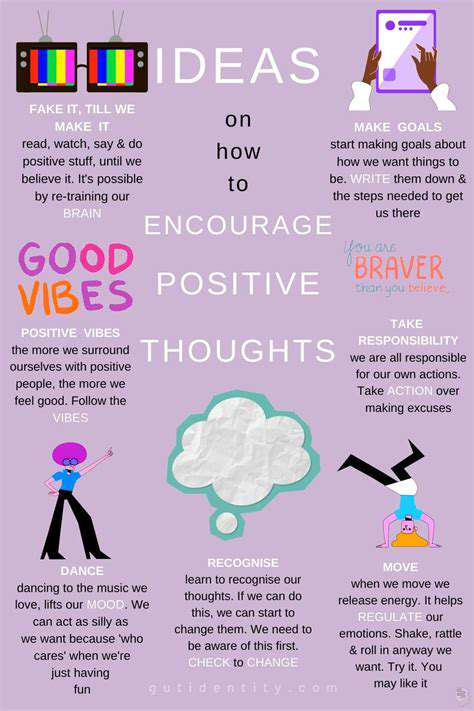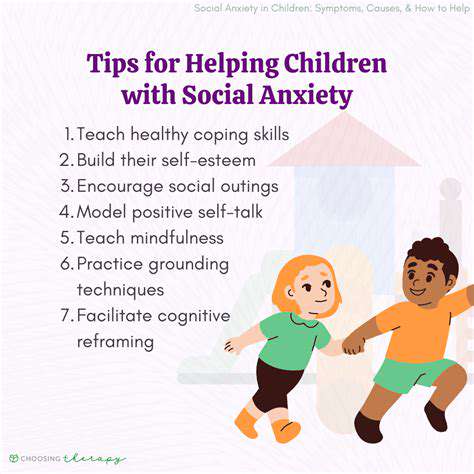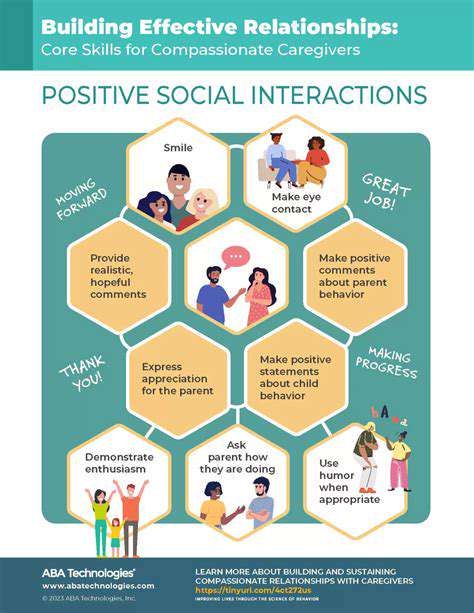Teaching Responsibility Through Age Appropriate Chores
Setting Realistic Expectations
Children learn responsibility not through overwhelming lists of chores, but by gradually taking on age-appropriate tasks. Starting with simple, manageable duties, like putting away their toys or helping set the table, builds a foundation of self-reliance and a sense of accomplishment. Parents should avoid assigning tasks that are too difficult or beyond the child's capabilities, as this can lead to frustration and a lack of motivation. Instead, focus on tasks that allow the child to contribute to the family and feel a sense of belonging.
It's crucial to remember that expectations should evolve as the child matures. As children get older, they can take on more complex chores, like laundry, meal preparation (under supervision), or yard work. This gradual progression helps them develop a sense of competence and prepares them for the responsibilities they'll face in the future.
Encouraging Intrinsic Motivation
While rewards can be a temporary motivator, the goal is to instill a sense of intrinsic motivation in children. Focus on praising the effort and the process of completing a task, rather than solely focusing on the outcome. Highlighting the positive impact of their actions, such as how helping with dinner frees up time for family activities, can foster a deeper sense of responsibility and fulfillment. This approach encourages a sense of ownership and pride in their contributions, which is far more valuable than any external reward.
Providing opportunities for children to make choices and take ownership of their actions is also essential. Allowing them to select tasks they enjoy or offering choices within a set of responsibilities can significantly increase their motivation and sense of control. This empowerment fosters a deeper connection to the task and promotes a sense of ownership.
Modeling Responsible Behavior
Children learn by observing the adults around them. Parents should demonstrate responsible behavior in their daily lives, showing a commitment to tasks, meeting deadlines, and managing their own responsibilities. Consistency in behavior, rather than just verbal instructions, is key to instilling these values in children. This means that parents should exemplify the traits they wish to see in their children, such as time management, organization, and conscientiousness.
Open communication about the importance of responsibility is also crucial. Talking about the consequences of actions, both positive and negative, helps children understand the impact of their choices. This discussion should focus on the importance of responsibility in their personal lives, their relationships with others, and their future endeavors. By discussing the value of responsibility in a supportive and understanding manner, parents create a foundation for their children's future successes.
Beyond the Household: Developing a Sense of Community
Teaching responsibility extends beyond the confines of the home. Involving children in community service projects, such as volunteering at a local charity or assisting in a neighborhood cleanup, instills a sense of social responsibility and teaches them to contribute to the well-being of others. These experiences foster empathy and a deeper understanding of the needs of their community. Participating in these activities provides valuable opportunities to learn teamwork, cooperation, and problem-solving skills that are essential to success in any endeavor, both personally and professionally.
Encouraging children to participate in organized activities, such as sports teams or clubs, can also contribute to their development of responsibility. These activities often require adherence to schedules, teamwork, and commitment, which reinforces important life skills. The sense of belonging and accomplishment derived from these experiences can significantly contribute to their overall development and foster a sense of personal responsibility.











